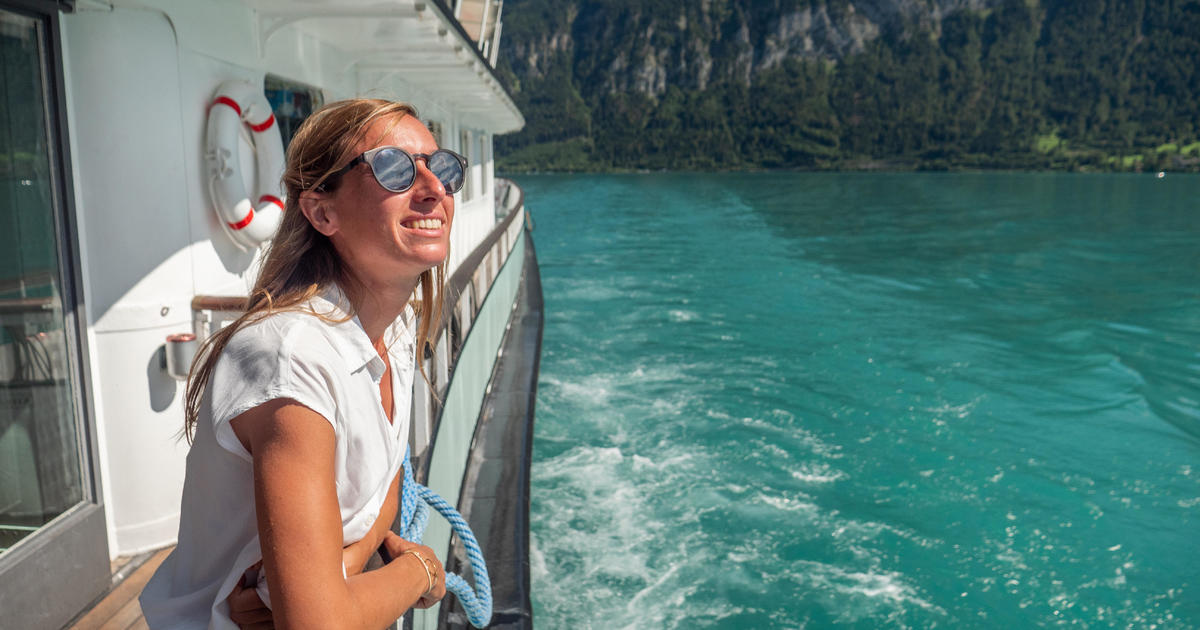Cruises — often the vacation style of choice for families and older generations — have started to appeal to an unlikely cohort: Millennials and Generation Z, who see cruising as good value for their money.
Cruise lines are taking note, and updating their offerings to capture this interest from younger consumers who prize experiences like travel — so long as they can do it their way, and not their parents’.
“It’s a great thing to see, a lot of more younger consumers choosing cruising,” Nirmal Saverimuttu, president and chief experience officer for Virgin Voyages, told CBS News.
Young consumers are the fastest-growing segment of the cruise line’s customers, he said.
“They want to indulge, they want to go out and see the world and travel. But they want to do it in a way that’s more aligned with their modern preferences,” Saverimuttu said.
Those preferences include luxury accommodations and “attention to detail” associated with high-end experiences but without stuffiness or formalities — like old-fashioned dress codes that some high-end hotels and cruise lines still require in common spaces.
In other words, Saverimuttu said Virgin Voyages, an adults-only cruise line, is designing trips that are more “relaxed.”
“Cruises are great value for money. And you put those two things together — great experiences and great value for money — and I think that’s why you’re seeing the boom in cruising,” he said.
The company is doubling down on enticing young people by advertising on the social media apps where they spend much of their time, and in a medium that’s familiar to them.
Virgin Voyages created a music video to demonstrate what being aboard one of its cruises is like, and designed an accompanying dance challenge around it on TikTok. One million TikTok users joined the challenge.
“We’ve seen that piece of advertising be three times more effective than any other advertising we’d ever done,” Saverimuttu said.
Cruise lines aiming to capture younger customers’ dollars are also doing away with buffet and cafeteria-style dining rooms and capitalizing on the foodie tendencies of many of these travelers.
“I talk to a lot of younger consumers and the first thing they think about when they go to a city is where are they going to dine as opposed to what are they going to see,” Saverimuttu said.
As for the nonexistent dress code, “people want a more youthful-feeling experience,” he said.
Wi-Fi, of course, is also a big part of the experience, particularly in the age of remote work, with more young workers choosing to be so-called “digital nomads.”
“People want to feel connected, they want to be on social media and maybe they want to work remotely from a ship or wherever they’re traveling from,” Saverimuttu said.













































